Recommender Systems or Recommender Engines, as they are popularly known, are one of the many applications of Artificial Intelligence. With the explosion of internet sales, retailers are looking for more efficient ways to present relevant products to potential customers. Traditional search and filter buttons have been found to be inadequate to meeting the challenges of users looking for products based on text, images, product features or preferences that are difficult to categorize. AI based algorithms, as presented here are very efficient at meeting this challenge.
Recommender Systems use Algorithms to solve the problem of making effective and sensible recommendations. They can be broadly classified into – Content Based and Collaborative Filtering.
A typical consumer website looks like this
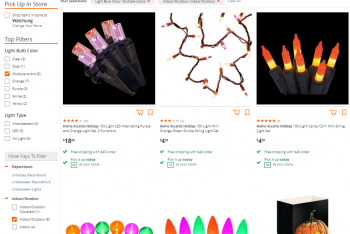
1. Content Based Models
As the name suggests, they are mainly based on similar content, be it implicit or explicit. In other words the algorithms make recommendations based on the features of the product.
Some of the applications of such systems can be seen on Facebook, LinkedIn, Netflix etc. where friends, movies are suggested based on the attributes of your account profile, preferences etc.
a) Recommendations based on product features/attributes:
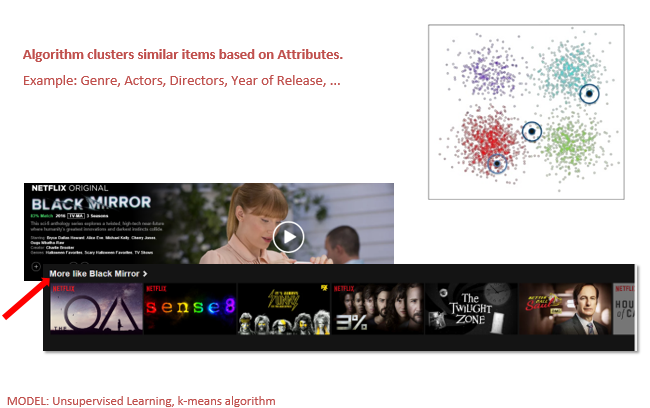
b) Text based Recommendations:
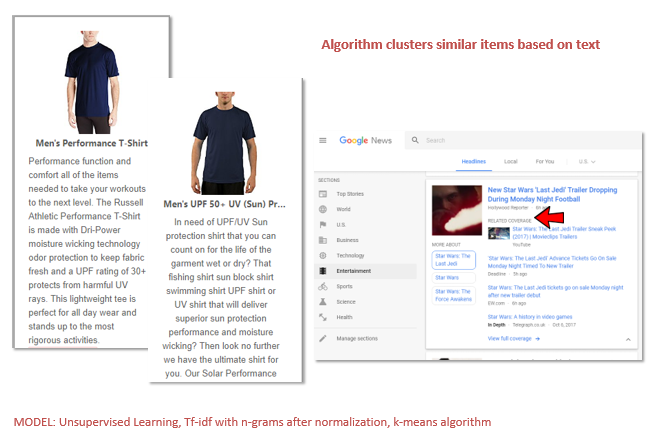
c) Recommendations based on image similarity
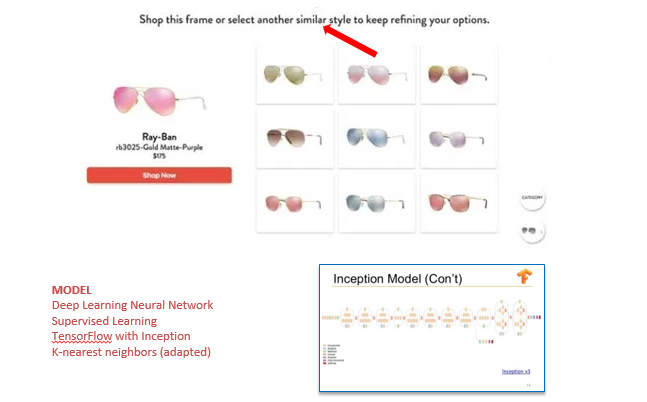
The potential application of such systems can be made in the field of medical research/technical documents, news, blogs etc.
Limitations of Content Based Models
As the name suggests, the systems are dependent on content. If the content is too little then it will not be effective. E.g., for a new user the recommendations may not make sense.
2. Collaborative Filtering Models
When recommendations are based on user profiling in relation to other users and the environment – based on rating, comments, likes, dislikes, buying habits etc.,
a) Complementary product recommmendations based on other users’ purchases
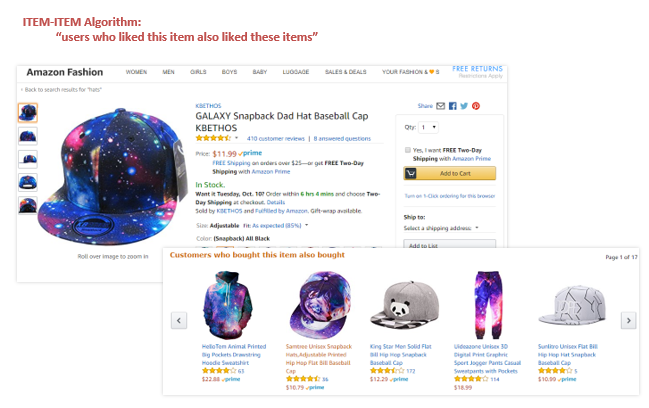
b) Item Recommendations based on grouping similar users
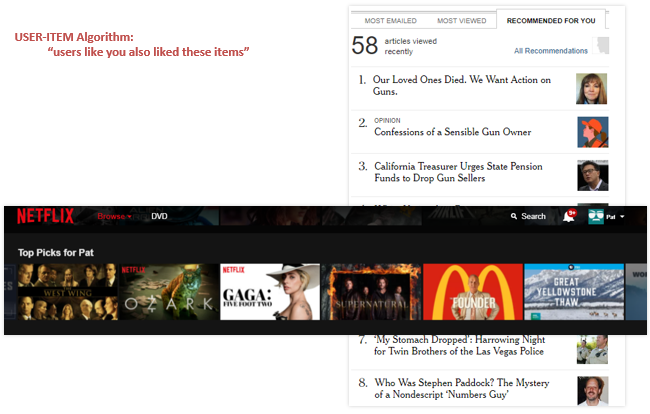
Advantages of Collaborative Filtering
- It can enable cross selling or up-selling thereby increasing returns or revenue
- User preferences, buying habits, profiling can be exploited to the maximum to render best possible recommendations to delight the buyer and seller alike.
- It makes use of real time or near real time data hence, making recommendations dynamic in nature.
- It has a wider application usage compared to content based systems. E.g., Ecommerce, Consumer, Recreation, Travel & Tourism etc.
What happens under the hood?
Matrix factorization is used here. Look for complete details in our upcoming tech blog.
User-Item (B2C scenario)
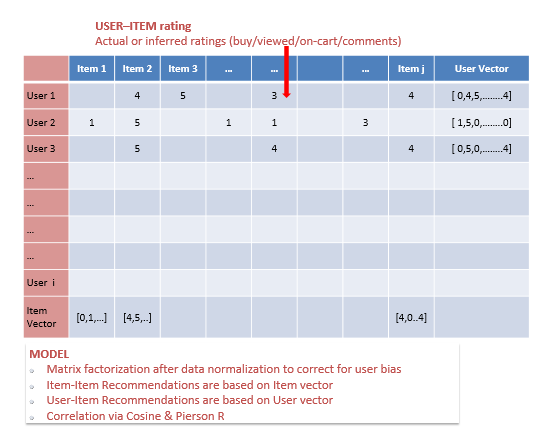
See it to believe it!
Business Impact
Businesses have benefited hugely from Recommender Systems and have realized incremental volumes and revenue in the last few years. In addition, they also help in customer retention and understanding consumer behavior.
According to McKinsey, Netflix reported significant gains as much as USD 1 Billion from such systems and Amazon attributes about 35% of its volumes to recommender systems and this resulted in about 29% incremental sales. Best Buy reported sales in excess of 23% and much of it was the result of implementing the AI model for their online sales platform.
Note: Figures stated are from 2015-16 (source: McKinsey, Amazon and Best Buy)
Frequently Used Terms
Algorithms
These are a set of program/s that process information usually by large computers using mathematical calculations and statistical techniques to solve a particular problem
Cold Start
A term used frequently in Machine Learning. It is necessarily a drawback with machine learning and recommender systems in particular as they gorge on data to make sensible recommendations. When there isn’t enough data, say for e.g., in the case of new buyer/customer/product/service etc., available for the algorithm to work through, this model becomes ineffective. This supposedly gray area is an obvious shortcoming and is currently being addressed.
Hybrid Systems
In this model, a combination of two or more systems are used to serve various purposes. Such models address the cold start problem confronted by standalone recommendation engines. For e.g., Content and CF models can be combined together to make recommendations for first buyers or for a newly launched product. Hybrid systems usually comprise Content, CF, Knowledge-based and Demographic recommender systems.
Featured Image by ideassn.org

